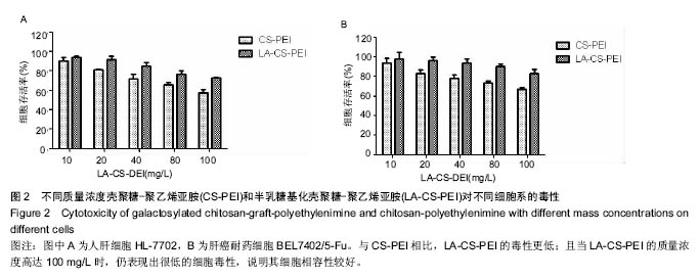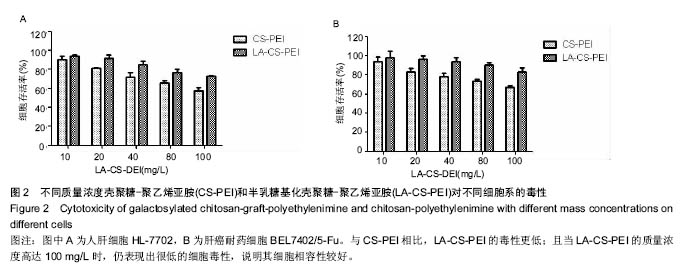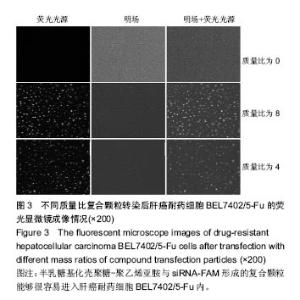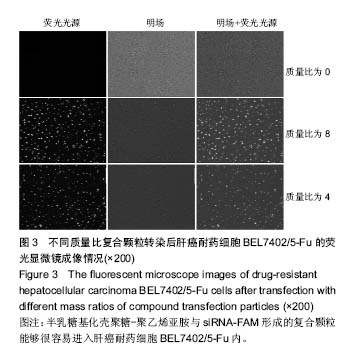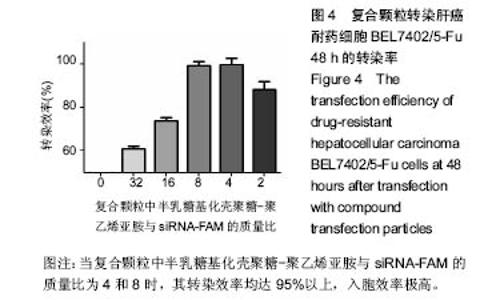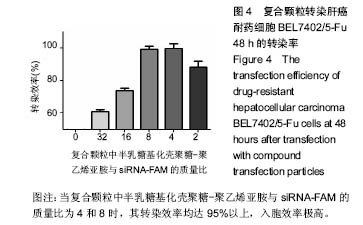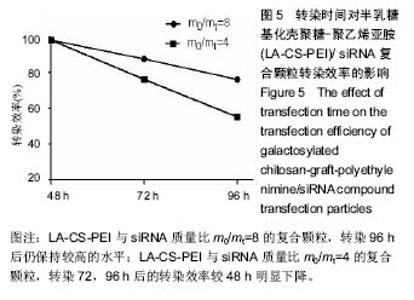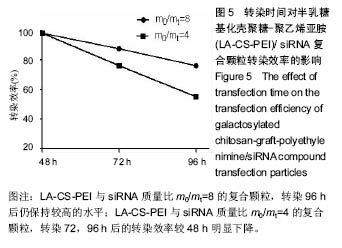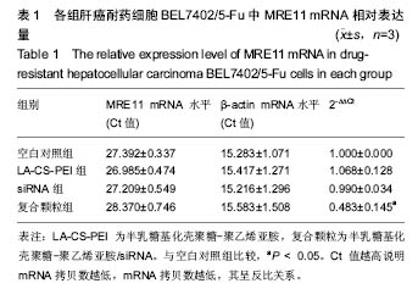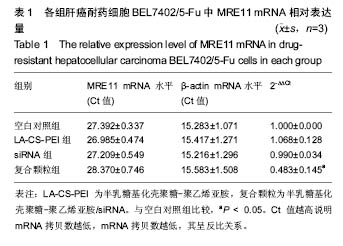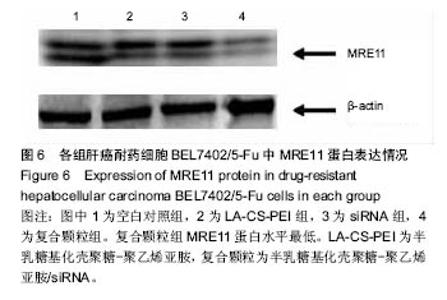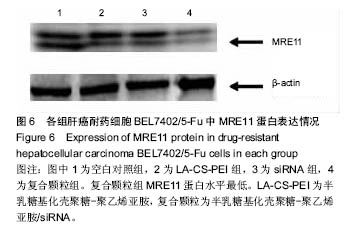| [1]Nagy Z,Kalousi A,Furst A,et al.Tankyrases Promote Homologous Recombination and Check Point Activation in Response to DSBs.PLoS Genet.2016;12(2):e1005791.[2]Becker A,Durante M,Taucher-Scholz G,et al.ATM alters the otherwise robust chromatin mobility at sites of DNA double-strand breaks (DSBs) in human cells.PloS One.2014;9(3): e92640.[3]Ju X,Liang S,Zhu J,et al.Extracellular matrix metalloproteinase inducer (CD147/BSG/EMMPRIN)-induced radioresistance in cervical cancer by regulating the percentage of the cells in the G2/m phase of the cell cycle and the repair of DNA Double- strand Breaks (DSBs).Am J Transl Res.2016;8(6):2498.[4]Staples CJ,Barone G,Myers KN,et al.MRNIP/C5orf45 Interacts with the MRN Complex and Contributes to the DNA Damage Response.Cell Rep.2016;16(10):2565-2575.[5]Lavin MF,Kozlov S,Gatei M,et al.ATM-Dependent Phosphorylation of All Three Members of the MRN Complex: From Sensor to Adaptor.Biomolecules. 2015;5(4):2877-2902.[6]Stracker TH,Petrini JHJ.The MRE11 complex: starting from the ends.Nat Rev Mol Cell Biol.2011;12(2):90-103. [7]Yuan SS,Hou MF,Hsieh YC,et al.Role of Mre11 in cell Proliferation, tumor invasion, and DNA repair in Breast cancer.J Natl Cancer Inst.2012;104(19):1485-1502.[8]Deshpande RA,Lee JH,Arora S,et al.Nbs1 converts the human Mre11/Rad50 nuclease complex into an endo/exonuclease machine specific for protein-DNA adducts.Mol Cell.2016;64(3):593-606.[9]Inagaki A,Roset R,Petrini JHJ.Functions of the MRE11 complex in the development and maintenance of oocytes. Chromosoma.2016;125(1):151-162.[10]范芳,耿磊,李长福.shMRE11质粒转染对BEL7402 /5-FU肝癌细胞耐药性的影响[J].细胞与分子免疫学杂志,2013,29(10):1040-1046.[11]Deng Y,Wang CC,Choy KW,et al.Therapeutic potentials of gene silencing by RNA interference: principles, challenges, and new strategies.Gene.2014;538(2):217-227.[12]Fellmann C,Lowe SW.Stable RNA interference rules for silencing. Nat Cell Biol. 2014;16(1):10-18.[13]Pandey AP,Sawant KK.Polyethylenimine: A versatile, multifunctional non-viral vector for nucleic acid delivery.Mater Sci Eng C.2016;68:904-918.[14]Yin H,Kanasty RL,Eltoukhy AA,et al.Non-viral vectors for gene-based therapy. NatRev Genet.2014;15(8):541-555.[15]Huang PI,Lo WL,Cherng JY,et al.Nonviral delivery of RNA interference targeting cancer cells in cancer gene therapy. Curr Gene Ther.2012;12(4):275-284.[16]Oliveira C,Silveira I,Veiga F,et al.Recent advances in characterization of nonviral vectors for delivery of nucleic acids: impact on their biological performance.Expert Opin Drug Deliv.2015;12(1):27-39. [17]Rekha MR,Sharma CP.Polymers for gene delivery: current status and future perspectives.Recent Pat DNA Gene Seq. 2012;6(2):98-107.[18]Xu M,Myerson RJ,Hunt C,et al.Transfection of human tumour cells with Mre11 siRNA and the increase in radiation sensitivity and the reduction in heat-induced radiosensitization. Int J Hyperthermia.2004;20(2):157-162.[19]Jiang HL, Kwon JT, Kim EM,et al. Galactosylated-poly (ethyleneglycol)-chitosan-graft- polyethylenimine as a gene carrier for hepatocyte-targeting.J Controll Release.2008; 131(2):150-157.[20]Rekha MR,Sharma CP.Polymers for gene delivery: current status and future perspectives.Recent Pat DNA Gene Seq. 2012;6(2):98-107.[21]Wong K,Sun G,Zhang X,et al.PEI-g-chitosan, a novel gene delivery system with transfection efficiency comparable to polyethylenimine in vitro and after liver administration in vivo.Bioconjug Chem.2006;17(1):152-158.[22]Vadlapatla RK,Vadlapudi AD,Pal D,et al.Mechanisms of drug resistance in cancer chemotherapy:coordinated role and regulation of efflux transporters and metabolizing enzymes. Curr Pharm Des.2013;19(40):7126-7140. [23]Huang JJ,iHong M.The Involvement and Modulation of ABC Transporters in Multidrug Resistance[M]. Handbook of Anticancer Pharmacokinetics and Pharmacodynamics.Progress in Modern Biomedicine,2009:4571-4573.[24]Giovannetti E,Erozenci A,Smit J,et al.Molecular mechanisms underlying the role of microRNAs (miRNAs) in anticancer drug resistance and implications for clinical practice.Crit Rev Oncol Hematol.2012;81(2):103-122.[25]Liao S, Guay C, Toczylowski T, et al. Analysis of MRE11's function in the 5'-->3' processing of DNA double-strand breaks. Nucleic Acids Res.2012;40(10):4496-4506.[26]Chen GY,Tan DY.The Research Status and Application Prospect of RNA Interference. J Dali Univ.2012;11(10):52-55.[27]Cai B,Miao Y,Liu Y,et al.Nuclear multidrug-resistance related protein 1 contributes to multidrug-resistance of mucoepidermoid carcinoma mainly via regulating multidrug-resistance protein 1:a human mucoepidermoid carcinoma cells model and Spearman's rank correlation analysis.PLoS One.2013;8(8):e69611.[28]Fan F,Geng L,Li D,et al.ShRNA-mediated MRE11 gene silencing inhibits DNA repair in multidrug-resistant hepatocellular carcinoma cell line BEL7402/5-FU.World ChinJ Digestol.2013;21(29):3053-3058.[29]Liang M,Shen Z,Zhen MA,et al.Progress on ASGPR-Mediated Hepatic targeting.Chin JMAP.2010;27(2):109-114. |


